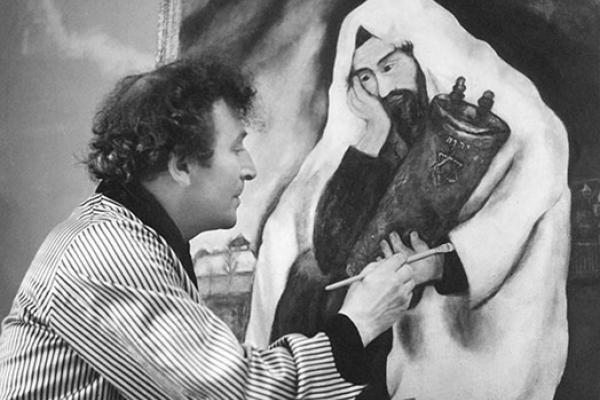At a moment when the world is flush with new books and ever-evolving interpretations of Jesus, one of the last century’s artistic masters is providing art lovers with a striking take on the first-century religious figure.
The first U.S. exhibition exploring the “darker works” of Marc Chagall (1887-1985) shows a Jewish artist obsessed with Jesus.
“Chagall: Love, War, and Exile,” at The Jewish Museum in New York showcases the work of the Russian-French artist during World War II as he tried to make sense of a world gone mad.
Of particular interest are paintings depicting the crucified Jesus — depictions that are often read as metaphors not only for war but the particular expressions of Jewish suffering and persecution in Europe during the 1930s and 1940s.
Read the Full Article

